Shibu Onsen, a 1300-Year-Old Spa Resort
Nestled in a little valley in Nagano prefecture, this village is said to have inspired Hayao Miyazaki for ‘Spirited Away’.
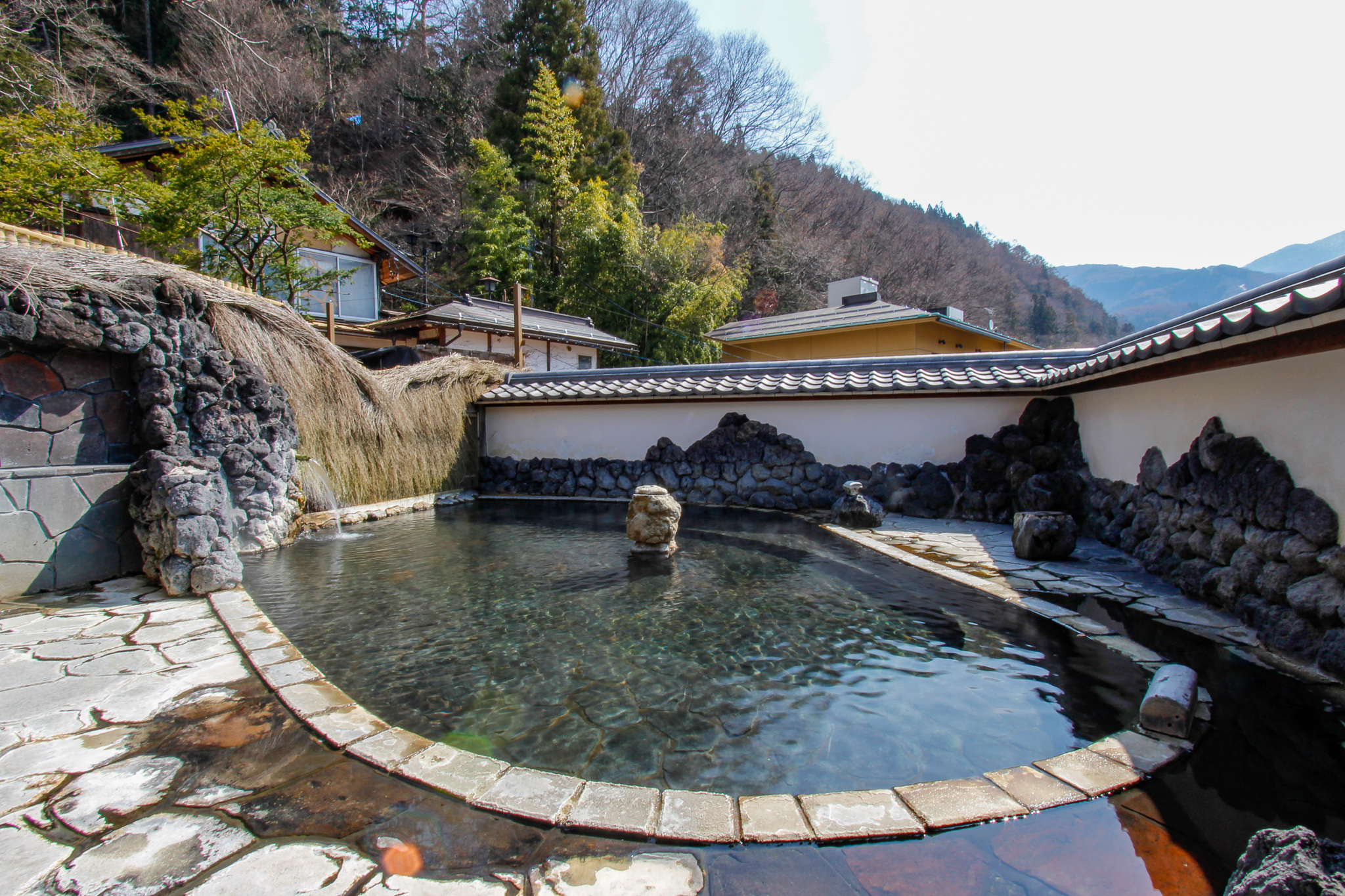
© Kanaguya
Located next to the Yokoyugawa River in the town of Yamanouchi, Shibu Onsen is a spa resort with a history that dates back 1300 years. It has long welcomed poets, samurais and pilgrims making their way towards the Zenko-ji Buddhist temple.
The town offers a timeless experience with its 25 ryokan (traditional Japanese inns), cobbled streets, shrines and sake brewery. A few kilometres from the spa lies the ski resort Shiga Kogen and Jigokudani Monkey Park, the famous park where the macaques enjoy the onsen (hot springs).
Soto-yu, public baths with health benefits
Shibu Onsen has nine hot springs known as soto-yu, or ‘public baths’. They can all be found inside a ryokan complex. Open from 6 a.m. until 10 p.m. every day, these public sites are split into two, with one side for women and the other for men, and can only fit two or three people.
In the kake-nagashi style, the water flows continuously to keep it hot. Whether milky, light or rust-coloured, the onsen, thanks to the quality of the different springs, offer numerous healing benefits to treat gastrointestinal problems, eye conditions and nerve pain, for example. A belief states that to achieve happiness, visitors have to try out all nine bath houses. Special towels are available to buy, so visitors can collect the commemorative stamps for each place.
To enjoy the experience to its fullest, visitors can wander through the narrow streets wearing a yukata (a light summer kimono) and geta (traditional wooden shoes).
A ryokan said to have inspired the one in Spirited Away
Having stood for almost 250 years, Kanaguya Onsen is the most popular place in the spa resort. Some say that this historic ryokan inspired the master of animation Hayao Miyazaki for his Oscar-winning film Spirited Away (2001), where the action unfolds in a hot spring hotel.
Supplied by four water sources from the surrounding mountains, this onsen comprises nine baths, five of which are private and two of which are outdoor communal baths, rotenburo. With its stony paths, long stained wood corridors and lanterns, this imposing, labyrinthine place has lost none of its old-world charm.
Visitors can enjoy a meal typical of an old Japanese inn, kaiseki cuisine. Composed of several dishes served together, this menu is created using local ingredients. This form of cooking is now considered an art in which the texture, flavour and appearance of the ingredients must all be in harmony.
More information can be found on the official Yamanouchi Tourism Association website.
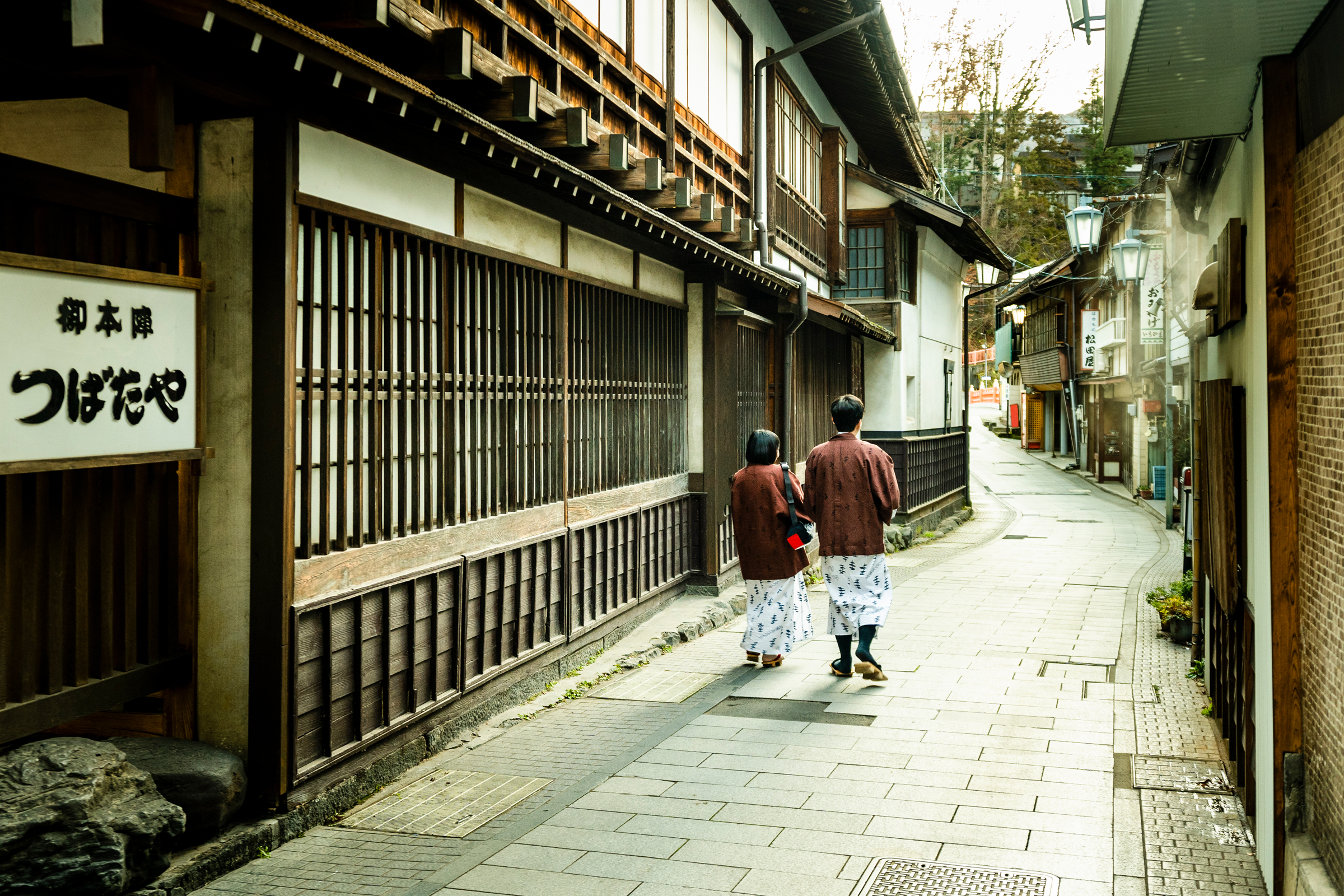
© Yamanouchi Town Tourism Association
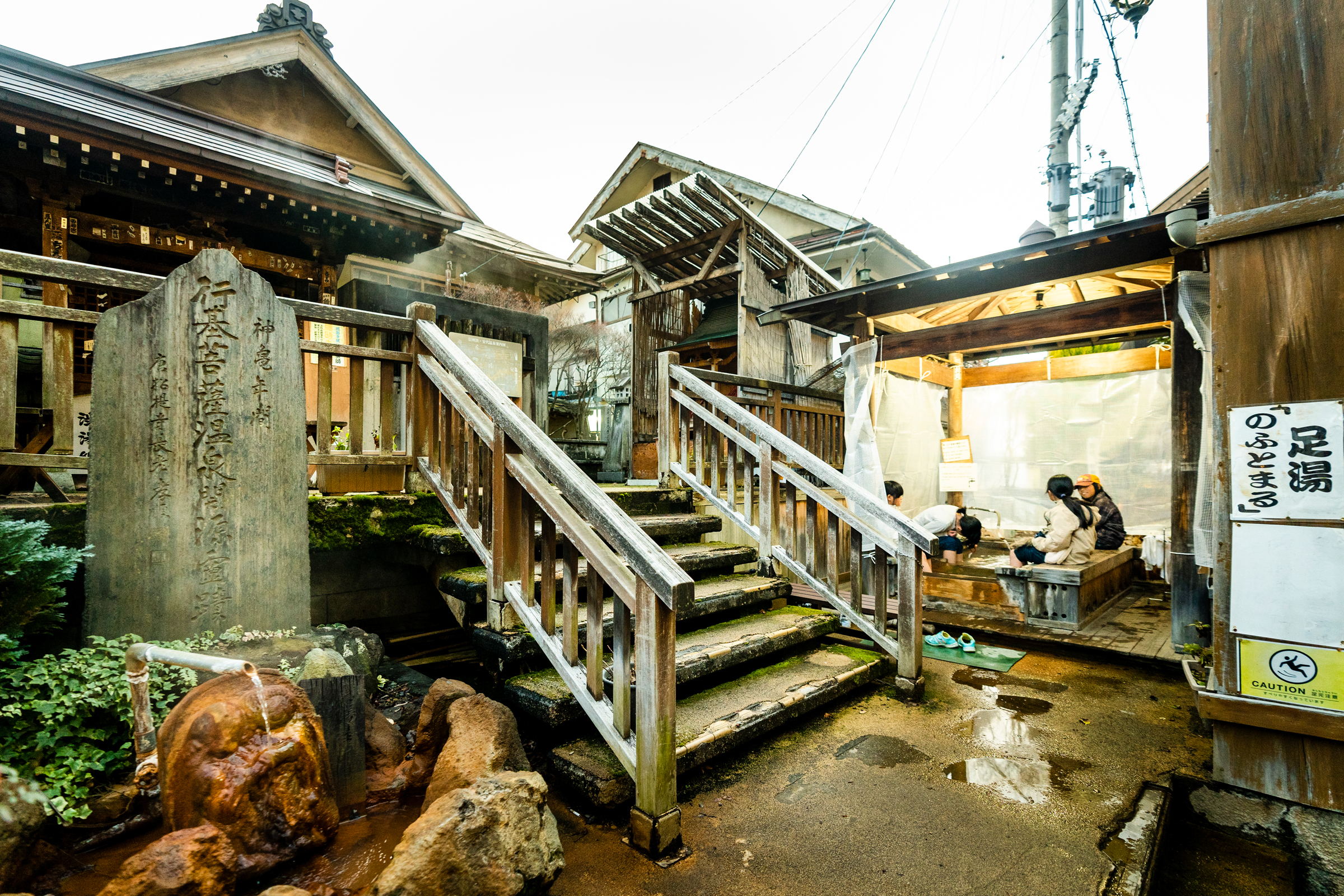
© Yamanouchi Town Tourism Association
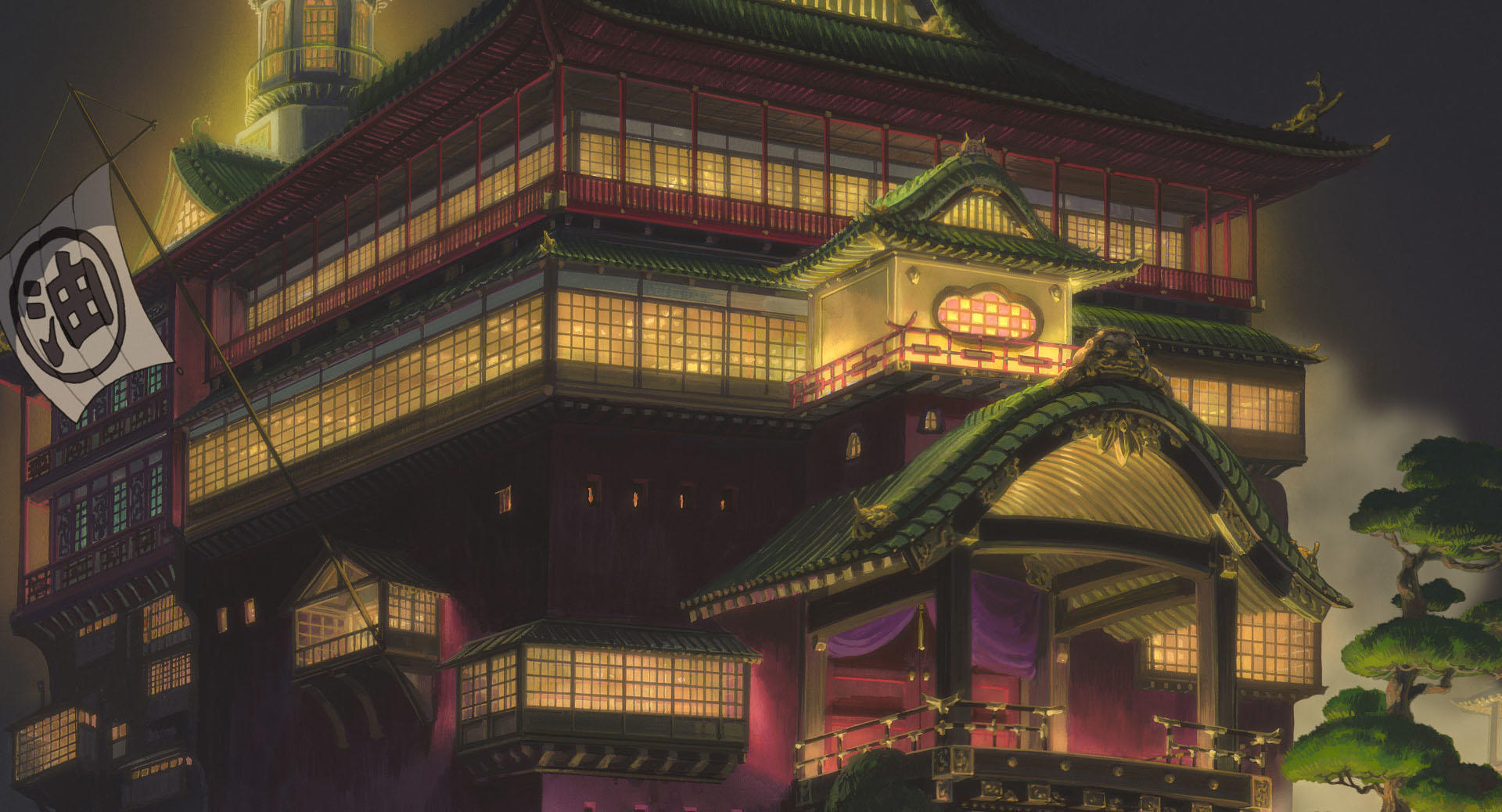
© 2005-2022 STUDIO GHIBLI Inc.
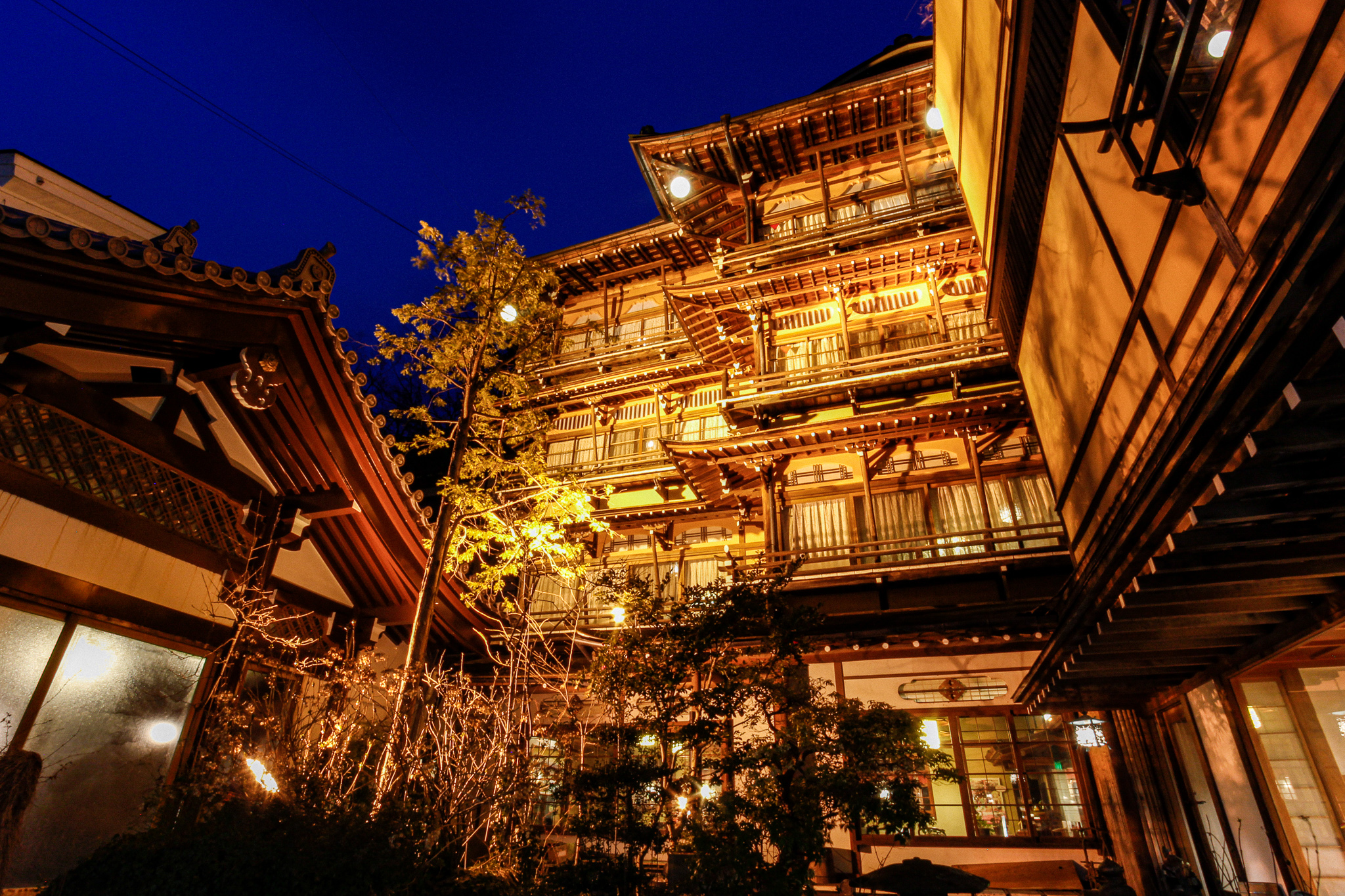
© Kanaguya
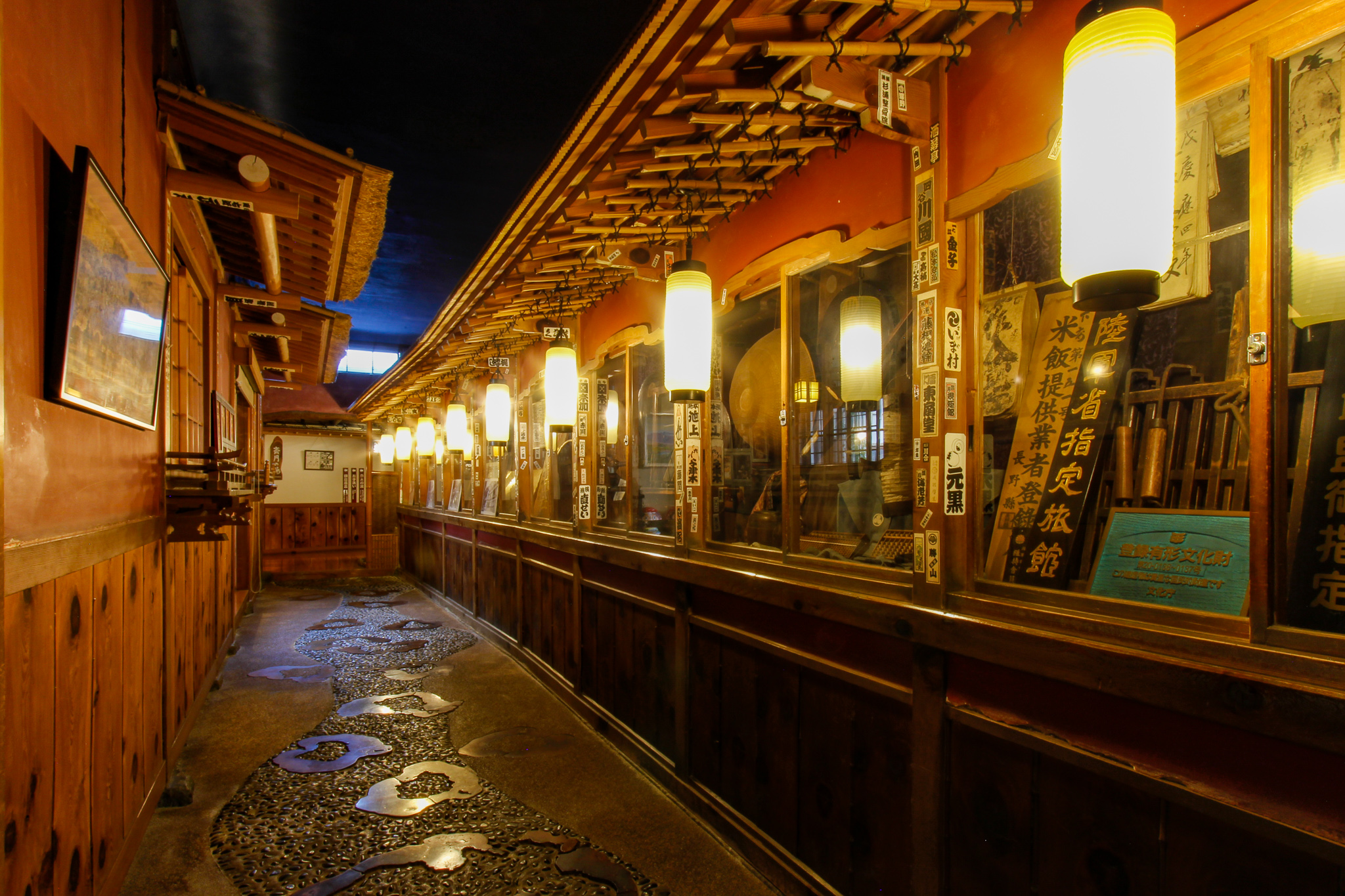
© Kanaguya
TRENDING
-
The Tattoos that Marked the Criminals of the Edo Period
Traditional tattoos were strong signifiers; murderers had head tattoos, while theft might result in an arm tattoo.

-
Chiharu Shiota, Red Threads of the Soul
Last year, more than 660,000 people visited the retrospective 'Chiharu Shiota: The Soul Trembles' exhibit at the Mori Art Museum.

-
‘Before Doubting Others, Doubt Yourself. Who Can Truly Say a Dish Isn’t What It Used to Be?’
In ‘A Non-Conformist’s Guide to Surviving Society’, author Satoshi Ogawa shares his strategies for navigating everyday life.

-
The Story of Sada Yacco, the Geisha who Bewitched Europe
Described by Dazed magazine as the first beauty influencer, she has been restored to her former glory since 2019.

-
Ito Jakuchu's Naturalist Paintings
From 15 September until 14 October 2018, the Petit Palais showcased the artist's iconic ‘Images of the Colourful Realm of Living Beings’.





